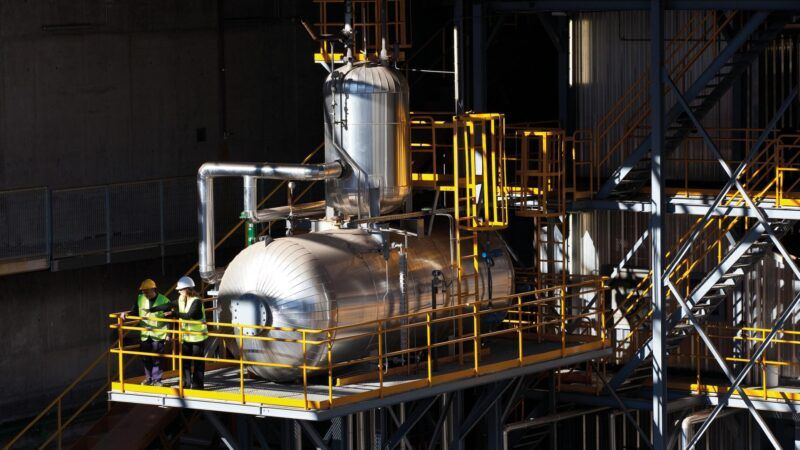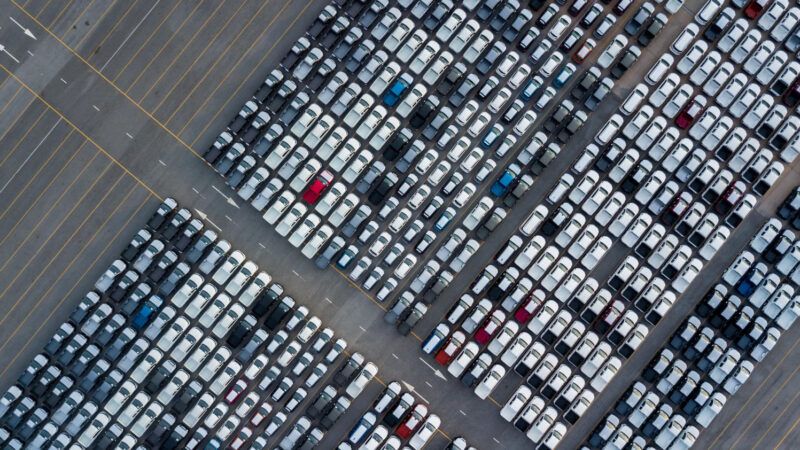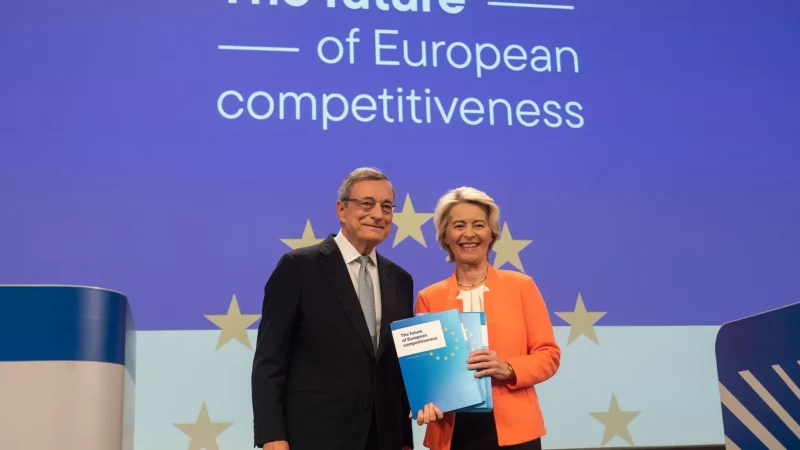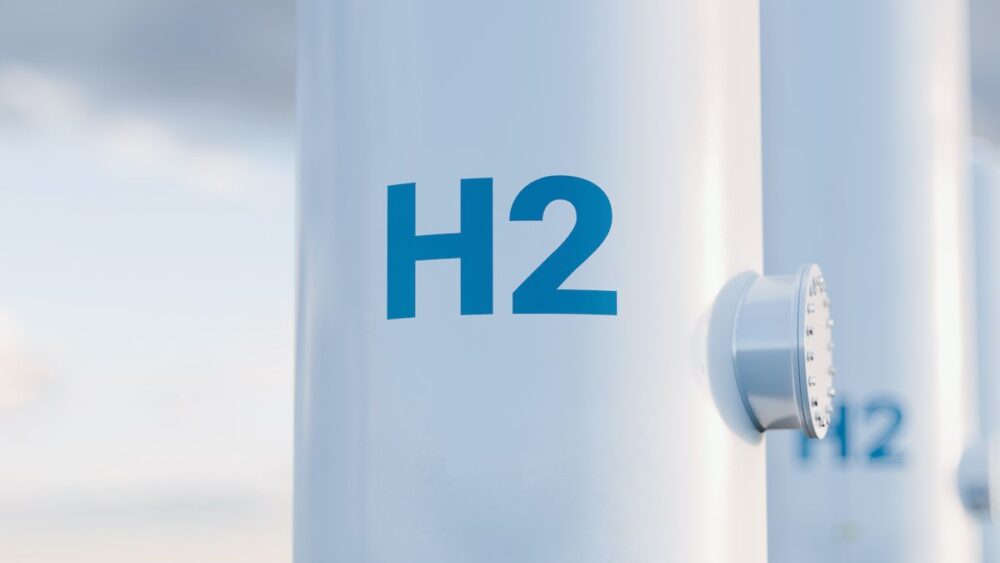 The large-scale deployment of hydrogen would be key for the EU to achieve its climate goals. (Gettyimage)
The large-scale deployment of hydrogen would be key for the EU to achieve its climate goals. (Gettyimage)
Hydrogen, the fuel of a sustainable Europe arrives to the ports
The European Union has set 2050 as the target year to exploit hydrogen as a sustainable fuel for diverse uses. Along that path, ports can play a critical role in encouraging the use of hydrogen as a zero-emission energy. However, the road to implement is not without obstacles, especially its application as fuel for non-road transport.
 The large-scale deployment of hydrogen would be key for the EU to achieve its climate goals. (Gettyimage)
The large-scale deployment of hydrogen would be key for the EU to achieve its climate goals. (Gettyimage)
In addition to being zero emissions, renewable hydrogen can be used in industry, transport, electricity and construction, qualities that make it the chosen energy to comply with the European Green Deal, as stated in the European Commission’s plan A Hydrogen Strategy for a climate-neutral Europe, which aims to give a definitive boost to the production of this gas, currently restricted and largely dependent on fossil fuels.
In order to achieve climate neutrality, the European calendar has underlined two points in red: eradicating pollution and reducing dependency on fossil fuels. To achieve both, the continent is in the process of transforming its energy system, currently responsible for 75% of carbon emissions. Here is where hydrogen plays an important role.
In the future, one of the main uses of hydrogen will be transportation, where it can be an interesting option when electrification is complicated. For example, it is being developed to be used in heavy vehicles, including coaches and buses, long-distance road transport, in rail transport, and as fuel for river transport and short-distance maritime transport.
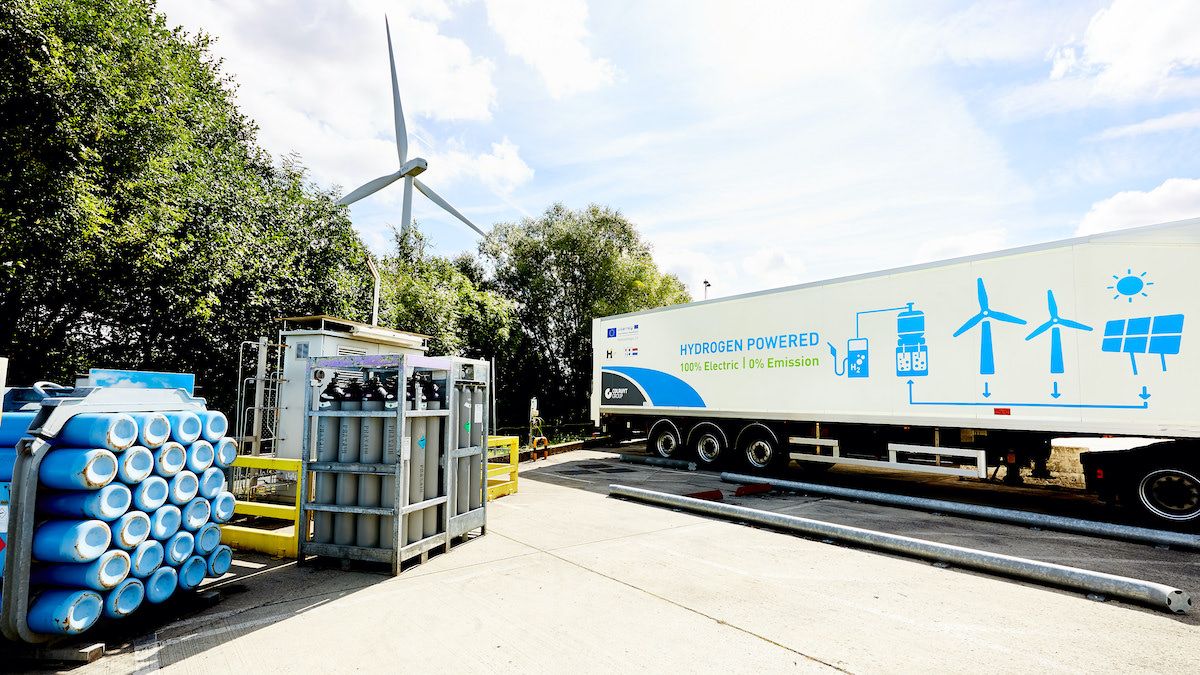
"Hydrogen meets several requirements: it is the cleanest fuel, it has the capacity to produce and store electricity more efficiently and, as it happens with natural gas, it can be transported through pipelines", explains Jordi Vila, Head of Environment at the Port of Barcelona.
A gradual implementation
The large-scale deployment of hydrogen would be key for the EU to achieve its climate goals and to decarbonise sectors dependent on fossil fuels that generate high levels of CO₂ emissions. The priority is to develop renewable hydrogen and to produce it using mainly wind and solar energy. However, in the short and medium term other forms of hydrogen produced from fossil fuels are needed to rapidly reduce emissions and support the development of a feasible market.
Europe is highly competitive in clean hydrogen technologies manufacturing. Investments in renewable hydrogen could reach between 180,000 and 470,000 million euros by 2050. Furthermore, analysts estimate that renewable hydrogen could cover 24% of world energy demand in 2050.
However, its implementation presents several challenges. The first one is that, right now, renewable hydrogen is not competitive in terms of price compared to that of fossil origin. The current estimated cost of the latter is around 1.5 euros/kg while renewable hydrogen has a price tag of 2.5 and 5.5 euros/kg. However, costs have been falling by 60% in the last ten years and are expected to decrease by a further 50% in 2030.
Another challenge is the prospect of using it as fuel for non-road transportation. As pointed out by the Port of Barcelona expert, Jordi Vila, when it comes to ships and planes, the main challenge is its storage, since it is a light element that must be kept at a minimum temperature of -250⁰C. “A solution which is currently under development is to store it in hydrogen-bearing liquids such as ammonia or methanol, which can be stored at higher temperatures, and allow to extract it and burn it as needed," he continues.
"Hydrogen meets several requirements: it is the cleanest fuel, it has the capacity to produce and store electricity more efficiently and it can be transported through pipelines"
Jordi Vila, Head of Environment at the Port of Barcelona
The European Commission plans a gradual implementation defined in three phases in which several objectives have to be met:
- Between 2020 and 2024: the Commission will support the installation of at least six gigawatts of renewable hydrogen electrolyzers in the EU and the production of up to one million tonnes. The goal is to decarbonize hydrogen for its current uses.
- Between 2025 and 2030: the integrated energy system must have a minimum of forty gigawatts of renewable hydrogen electrolyzers and a production of up to ten million tons, expanding its use to new sectors.
- Between 2030 and 2050: renewable hydrogen technologies are expected to reach maturity and to be deployed on a large scale in sectors where other alternatives are more complex to implement.
One of the main tools for the development of renewable hydrogen is the creation of the European Clean Hydrogen Alliance, which will be responsible for implementing this strategy by creating a portfolio of investment projects. Its purpose is to integrate the entire hydrogen value chain, including the industry, local and national public administrations, society and other stakeholders.
Ports and their role as agents of change
“Maritime transport always begins and ends in a port, therefore, we have some power of influence to promote the use of alternative non-polluting fuels in the logistics chain,” explains Vila.
Accordingly, the Port of Barcelona actively participates in various initiatives. Globally, it takes part of two work tables of the World Ports Climate Action Program on Onshore Power Supply (OPS) and new zero emission propulsion fuels. At a state level, it is a member of the Iniciativa Tecnólogica Prioritaria of the Ministry of Science, Innovation and Universities and, finally, participates in the Taula de l'Hidrogen de Catalunya together with more than 150 companies and organizations.
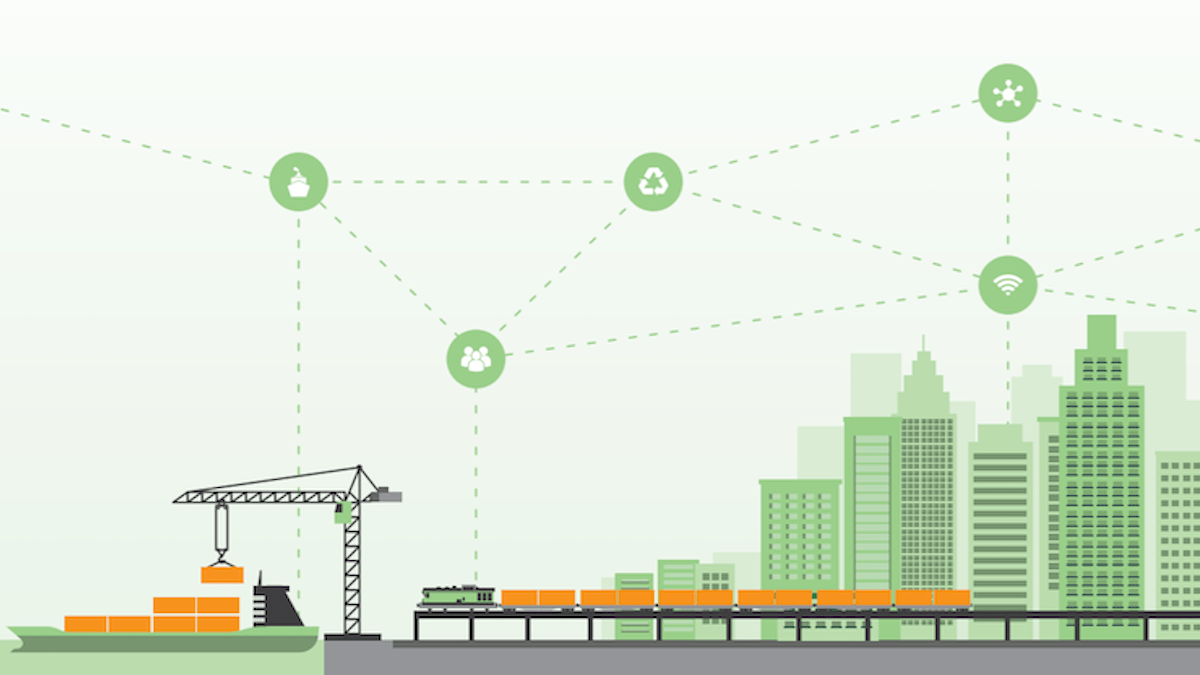
Several ports work to incorporate this energy into their facilities. The most active is the port of Rotterdam, which is Europe’s hub of the petrochemical industry. There are five refineries in its facilities which belong to Shell Nederland, ExxonMobil, Koch HC Partnership, British Petroleum and Gunvor Petroleum Rotterdam, as well as pipelines connecting with five other refineries in the Netherlands and neighboring Belgium and Germany.
In order to become a model for decarbonization, the port has designed a strategy that tackles several fronts. In collaboration with companies such as Shell and Gasunie, the port is building the largest hydrogen plant in Europe that will allow it to produce, import, use and transfer this gas through a pipeline that will connect to the national grid. It plans to start operating in 2023.
It also plans to increase its capacity to produce electrolyzers by 150-250 MW and generate 2GW of offshore wind energy. Both are intended for the production of hydrogen. Along the same line, another measure aimed at production is the conversion of natural gas and refinery gas to hydrogen, storing the CO2 emitted in gas fields located under the North Sea.
Another project is in partnership with Air Liquide, which will enable 1,000 hydrogen-powered zero-emission trucks on the roads connecting the Netherlands, Belgium and West Germany in 2025. This is one of the most important projects in Europe in the development of hydrogen-powered trucks and will contribute to improve air quality by reducing an estimated amount of more than 100,000 tons of CO2 emissions per year.
Also in the Netherlands, whose government has designed a strategy to implement hydrogen on a large scale, the ports of Groningen, Amsterdam and Den Helder have partnered under the name of Hydroports to launch several pilot plans with this gas as the main lead.
There are other examples around the world. Elektra is a tugboat in the port of Hamburg powered by a fuel cell and hydrogen battery. Moreover, the Port Authority of Los Angeles, with the support of Toyota, Kenworth and Shell, is establishing a network of hydrogen-powered electricity and fuel cell technology for freight transportation. In Spain, the Port of Valencia is working on three pilots as part of the H2PORTS program.
“United, ports can be the agents that generate this change. As it happened when we implemented natural gas in the port, ships adopted this fuel once they were guaranteed a safe, abundant and economical supply. So, in this sense, we have an important role to play,” concludes Vila.



